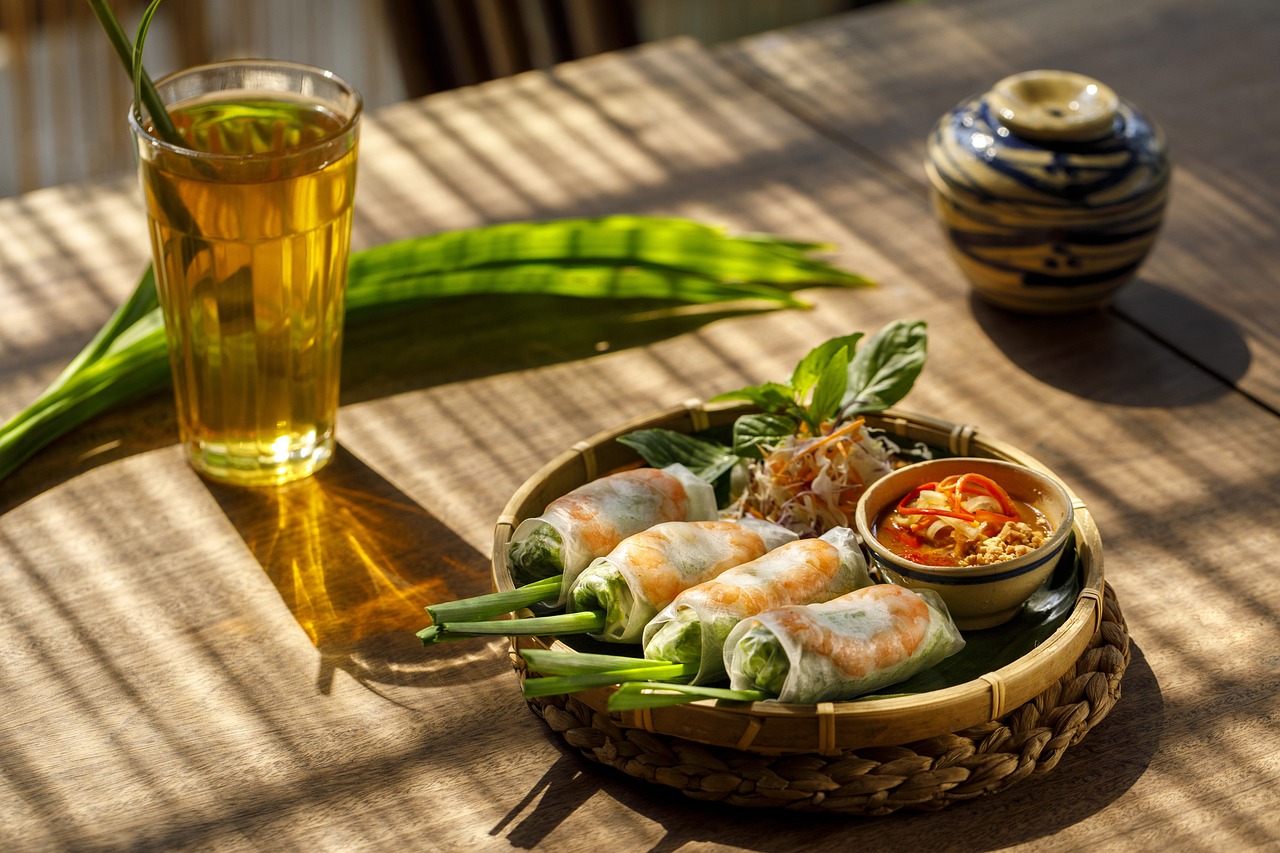Traveling as a vegan opens up a world of exciting culinary adventures and cultural experiences, but it can also bring challenges when language barriers come into play. From deciphering unfamiliar menus to explaining dietary restrictions, communicating your vegan needs in a foreign language can be daunting. However, with the right preparation and a few essential phrases up your sleeve, you can confidently explore new destinations without compromising your values. In this guide, we’ll explore practical tips, and useful phrases to help you navigate language barriers as a vegan traveler, ensuring that every meal is both delicious and aligned with your lifestyle.
1. Learn Key Phrases in the Local Language
One of the most effective ways to communicate your vegan needs is by learning a few essential phrases in the local language. Not only does this show respect for the local culture, but it also helps ensure your meals align with your dietary choices. Here are some key phrases in popular travel languages:
- Spanish:
- “Soy vegano/vegana” (I am vegan)
- “No como carne, pescado, huevos, ni productos lácteos” (I don’t eat meat, fish, eggs, or dairy products)
- “¿Esto contiene productos animales?” (Does this contain animal products?)
- French:
- “Je suis vegan” (I am vegan)
- “Je ne mange pas de viande, poisson, œufs, ni produits laitiers” (I don’t eat meat, fish, eggs, or dairy products)
- “Est-ce que cela contient des produits d’origine animale?” (Does this contain animal products?)
- Italian:
- “Sono vegano/vegana” (I am vegan)
- “Non mangio carne, pesce, uova, né latticini” (I don’t eat meat, fish, eggs, or dairy products)
- “Ci sono prodotti animali in questo?” (Are there animal products in this?)
2. Be Specific About What You Don’t Eat
In many countries, the concept of veganism may not be as widely understood. It’s essential to be specific about what you do not eat to avoid any confusion. When communicating, mention not just that you’re vegan, but also clarify that you do not consume meat, fish, dairy, eggs, honey, or any other animal-derived products.
Additionally, understanding how certain cultures define “meat” or “animal products” can help avoid misunderstandings. For instance, in some countries, people may not consider fish as meat, so explicitly stating “no fish” is crucial.
3. Use Translation Apps and Cards
Translation apps like Google Translate or iTranslate are invaluable tools for vegan travelers. They can help you communicate with locals, read restaurant menus, and understand product labels. However, these apps are not always perfect in their translations, so having backup strategies is helpful.
For more clarity, consider creating or downloading vegan translation cards. These are small cards that explain your dietary restrictions in the local language. You can show them to restaurant staff, street food vendors, or shopkeepers to ensure your meal is free of animal products. Some useful apps and websites offer downloadable cards, like Vegan Passport or Find Vegan & Vegetarian Restaurants Near Me – HappyCow. Read more on these and other useful travel apps in my Vegan Travel Apps and Resources: Your Guide to Conscious Journeys blog post.
4. Know Common Ingredients to Avoid
Understanding common non-vegan ingredients in various cuisines can be a game-changer. Here’s a list of key ingredients to watch out for in different regions:
- In Asian Cuisines: Fish sauce (common in Thai and Vietnamese food), oyster sauce, shrimp paste, ghee (in Indian cuisine), and bonito flakes (in Japanese dishes).
- In Mediterranean Cuisines: Cheese (often sprinkled on salads and pastas), yogurt, and anchovies (used in some sauces and dressings).
- In European Cuisines: Butter and cream, often used for sautéing vegetables or making sauces.
Before you travel, research the typical ingredients used in the cuisine of your destination and learn how to ask if they are in your food. If dining at a restaurant, you can ask:
- “Does this dish have fish sauce or any seafood?”
- “Is there butter or cream in the sauce?”
6. Connect with Local Vegan Communities
In many popular destinations, there are thriving local vegan communities that can offer valuable insights. You can connect with these communities through platforms like Facebook groups, Meetup, or local vegan organizations. Locals can recommend vegan-friendly restaurants, share tips on navigating language barriers, and even provide translations for specific dishes or phrases.
7. Research Vegan-Friendly Restaurants in Advance
Planning ahead can significantly reduce the stress of navigating language barriers. Use apps like HappyCow or TripAdvisor to find vegan-friendly restaurants in your destination. Many of these eateries already understand vegan dietary needs, and their staff may speak English or be familiar with key phrases in other languages.
When in doubt, stick to vegetarian or vegan restaurants, as their staff is more likely to be knowledgeable about plant-based diets and can accommodate your needs without confusion.
Final Thoughts
Traveling as a vegan doesn’t have to be complicated, even when facing language barriers. By learning key phrases, being specific about your needs, using translation tools, and doing a bit of research, you can confidently communicate your dietary preferences and enjoy delicious plant-based meals wherever your adventures take you. Utilize these tips, embrace the challenge, and let your vegan journey around the world continue!
If you found this guide helpful, be sure to check out more tips and travel guides on Mindful Voyages to help you navigate the world as a vegan, eco-conscious traveler. Safe travels!



